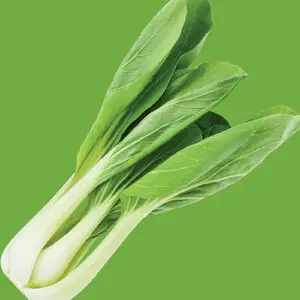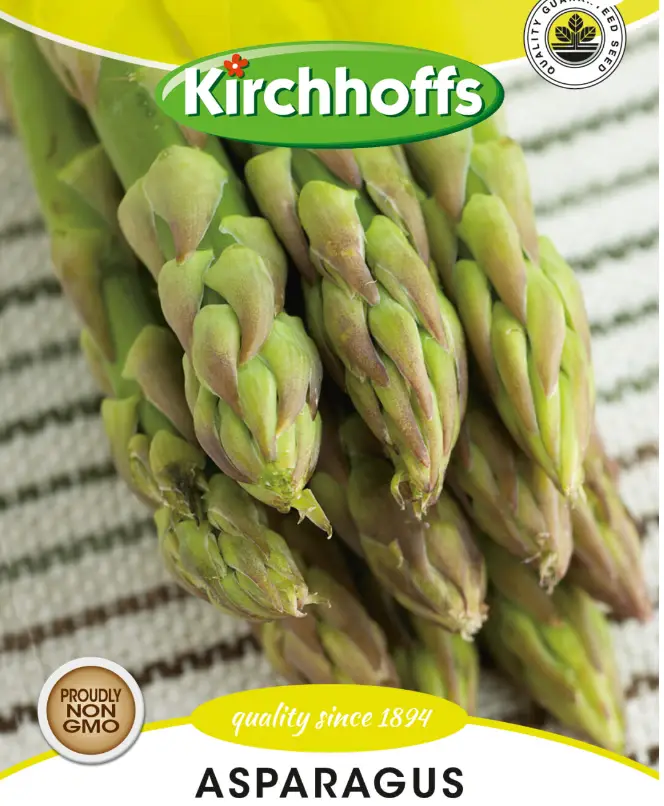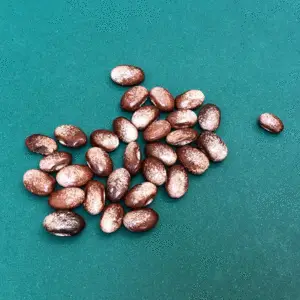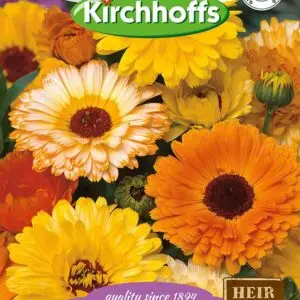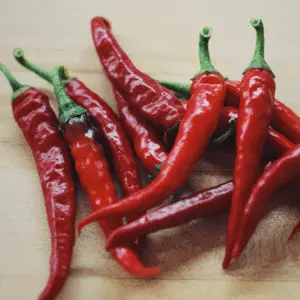Our online store is on a break from Tuesday 22 April until Tuesday 6 May as we'll not be able to ship orders during this period. If you would like me to put aside a particular product, please email me at info@potager.co.za. Thanks for your patience!
Asparagus: Mary Washington
R30.00 incl VAT
Asparagus (Asparagus officinalis) is a hardy perennial native to Western Europe. This perennial can remain viable for 10-20 years, so choose your garden site carefully.
Description
Additional information
| Weight | .25 kg |
|---|---|
| Dimensions | 20 × 10 × 3 cm |

